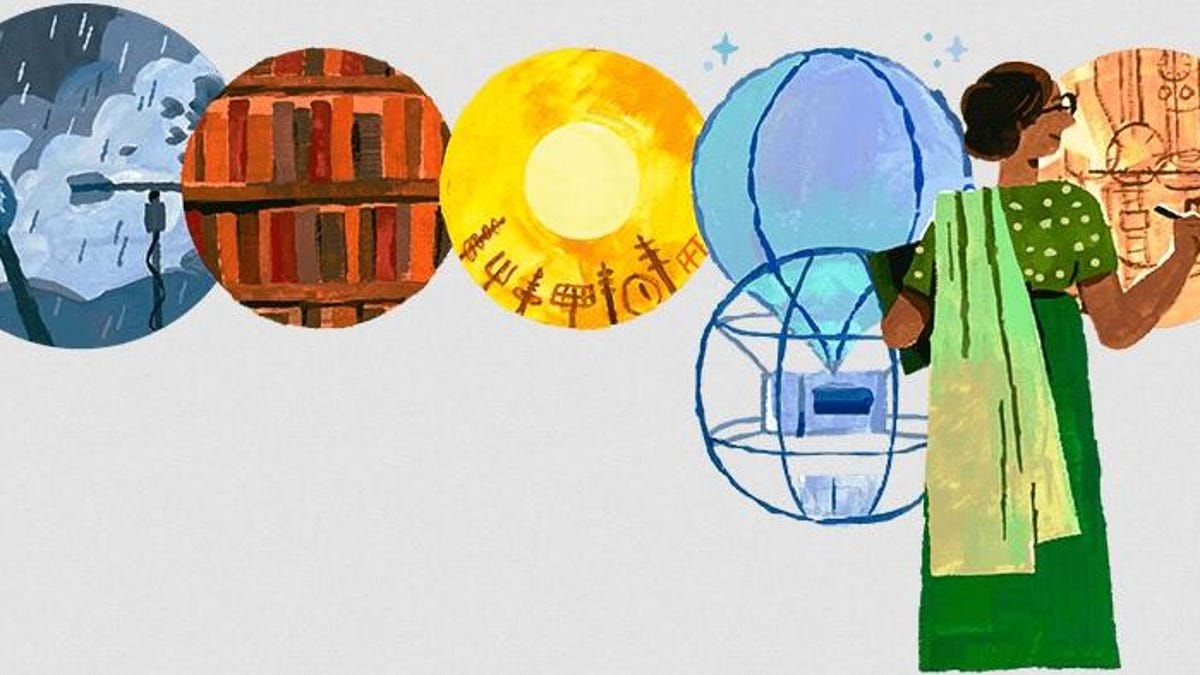Google Doodle Celebrates Anna Mani, Pioneering Indian Scientist
The meteorologist played a vital role in making India self-reliant in the field of weather observation instruments.

Anna Mani was an Indian physicist and meteorologist who made many valuable contributions to the design of weather observation instruments, playing a vital role in making India self-reliant in measuring aspects of the weather. She was also an early advocate for harnessing solar and wind power as alternative energy sources, foreseeing the benefits they promised for her country.
To honor her contribution to science, Google on Tuesday will dedicated its Doodle to Mani in celebration of her 104th birthday.
Mani was born Aug. 23, 1918, in Peermade, a village in the Indian state of Kerala. The seventh of eight children, Mani enjoyed an upper-class upbringing in a time when men were being prepared for professional careers and women readied for domestic life.
But Mani had other interests. A voracious reader, Mani is said to have read almost all the books in local public library. For her eighth birthday, on her request, she was given at set of the Encyclopedia Britannica instead of her family's traditional gift of diamond earrings.
After earning a bachelor's degree in chemistry and physics in 1939, Mani went on to author five papers on the spectroscopy of diamonds and rubies but was denied a Ph.D. because she hadn't first earned a master's degree.
In 1945, she won a scholarship to study in England, learning about meteorology and the instruments necessary to measure changes in the weather. Three years later, she returned to India to work for the India Meteorological Department, where she helped the country produce its own weather-monitoring instruments. By 1953, she was leading the division, simplifying the design and production of more than 100 weather instruments.
In the 1950s, she established a network of solar radiation monitoring stations across India for future solar energy projects. She also created a workshop to make instruments that measured wind speed and solar radiation. Her interest in studying ozone -- the gas shielding life on Earth from harmful ultraviolet radiation -- led to the creation of the ozonesonde, a balloon-borne instrument for measuring ozone levels.
Mani would go on to work for the Indian government, serving as deputy director general of the Indian Meteorological Department until her retirement in 1976. She died in 2001 at the age of 82.

